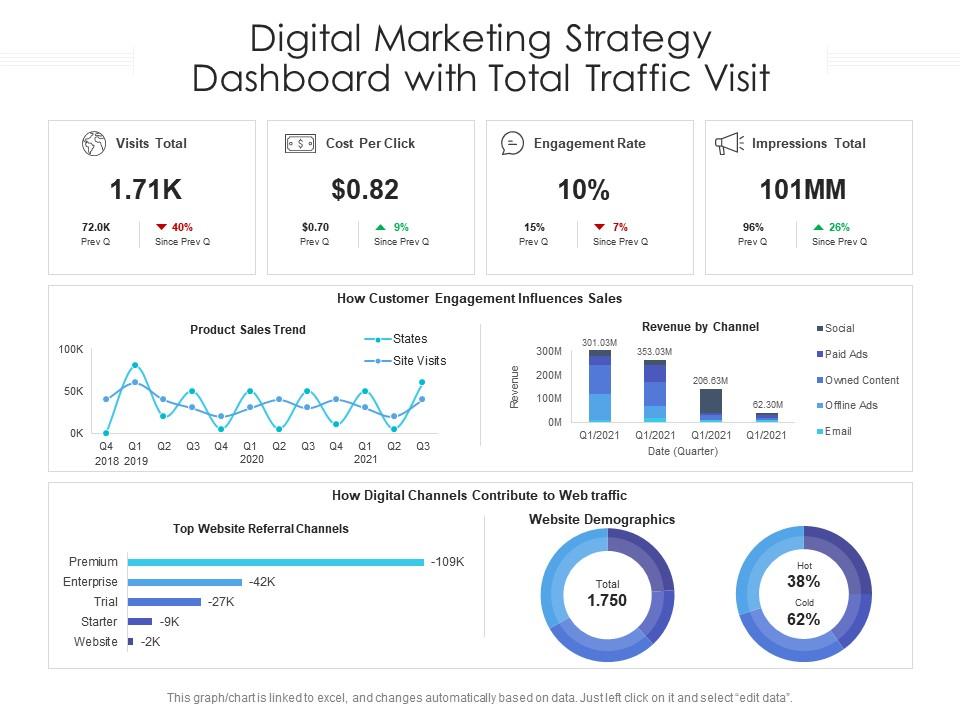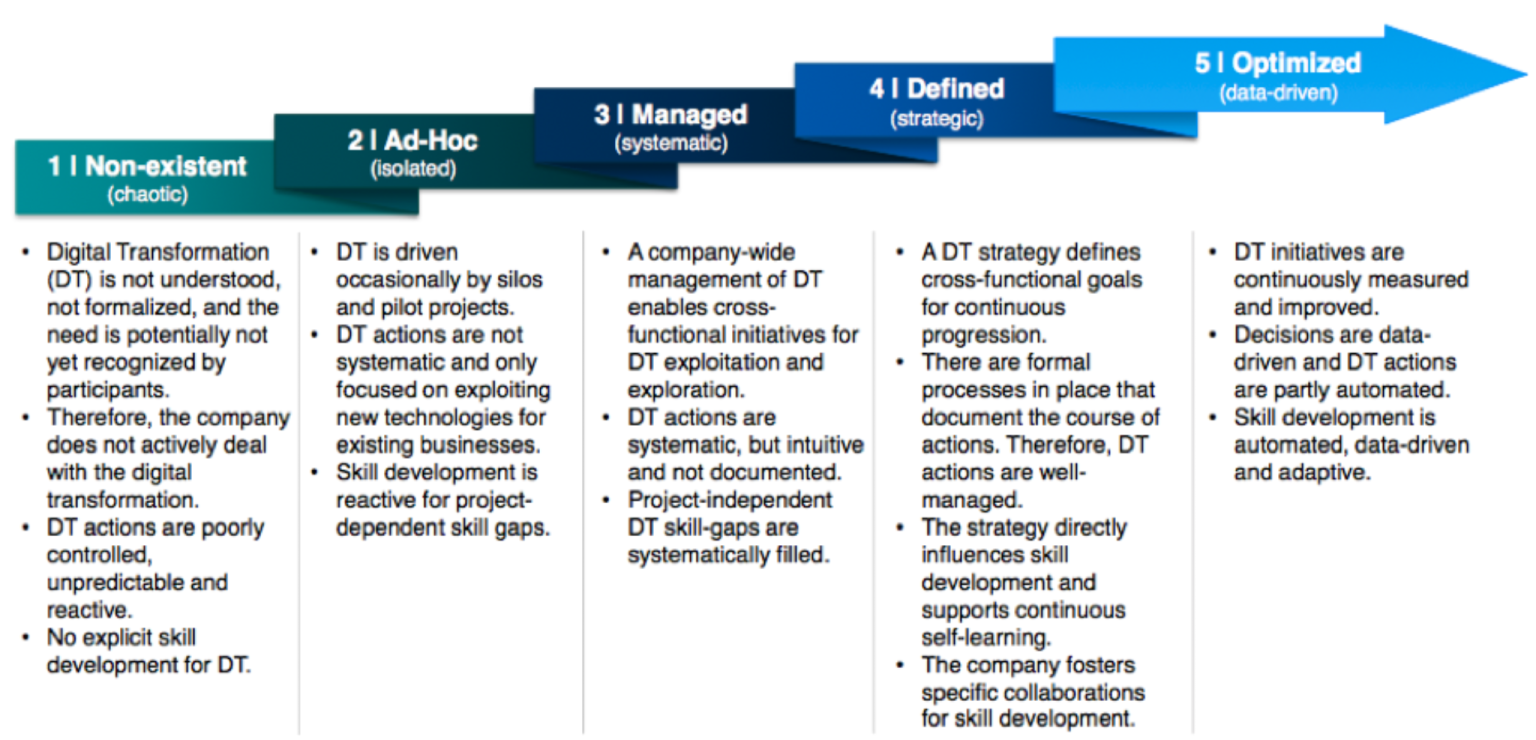As we move deeper into 2025, digital strategy demands an agile mindset and forward-thinking execution. Here’s an enhanced view of what savvy organizations should be planning now—and executing fast—to gain strategic advantage well into 2026.
1. Agentic AI — From Bots to Autonomous Ecosystems 🤖
Forget single-purpose chatbots. The next wave is agentic AI—a coordinated suite of specialized agents that collaborate to deliver context-aware solutions. This modular, resilient architecture allows real-time swapping, governance, and scaling across domains like healthcare, finance, and logistics (XDF, TechRadar).
Why it matters: It transitions digital systems from brittle automation to living ecosystems that adapt, self-heal, and remain regulatory compliant—ideal for future-proofed strategies.
2. Hyper‑Personalization Meets Emotional Intelligence
In 2026, personalization isn’t limited to “Hi, Michael.” It will interpret emotional tone, motivation, and behavioral triggers in real time (Renascence). Brands will map user friction points—from hesitation to cognitive overload—and dynamically nudge users with tooltips or live support.
Why it matters: Delivers seamless UX, reduces cognitive friction, and boosts conversion by aligning digital experience with human emotional rhythms.
3. Shift from Vanity to Behavioral KPIs
Traditional metrics (clicks, views) won’t cut it. Enterprises are transitioning to behavioral KPIs—like effort score, decision completion rates, emotional NPS, and drop-off recovery speed—to assess true transformation impact (Renascence).
Why it matters: These metrics connect strategy to human behavior, ensuring digital investments move the needle where it counts.
4. Inclusive, Emotion‑Cognitive Design
Next-gen digital systems will dynamically adapt to cognitive styles—fast deciders, cautious readers, neurodivergent patterns—tuning tone, layout, and interaction design on the fly (Renascence).
Why it matters: Creating emotionally inclusive experiences will become a differentiator, expanding reach and reinforcing brand trust.
5. Decentralized Platforms & Privacy‑First Engagement
As privacy regulation tightens and users resist Big Tech, decentralized platforms will gain urgency. Brands that embrace user-owned data ecosystems will build deeper trust (Web Pivots).
Why it matters: It supports trust-based digital ecosystems and positions companies ahead of privacy-respecting regulatory frameworks (e.g., EU Digital Fairness Act by early 2026) .
6. Operationalizing Dark Data with AI
90% of enterprise data remains unutilized. Smart firms are using AI to unlock “dark data”—documents, emails, aging systems—via knowledge graphs, real-time processing, and governance frameworks (TechRadar).
Why it matters: This boosts decision accuracy, risk mitigation, and operational efficiency without new data investments.
7. AI Governance & Resilient Cybersecurity
The Qantas breach and quantum threats spotlight the urgency for digital resilience (The Australian). Expect strategies that integrate quantum-resistant algorithms, AI-driven monitoring, and cross-cutting governance policies.
Why it matters: Digital disasters erode trust instantly—preemptive strategies are now board-level imperatives.
8. Integration & Scaling of AI in the Enterprise
Investor pressure is mounting: 90% of public companies are being pushed to embed AI into core operations (Business Insider). The mission has shifted from “Is AI useful?” to “How fast can we scale it across the enterprise?” .
Why it matters: Accelerates competitive advantage—but missteps can cause cost overruns or data leakage without thoughtful, strategic integration.
9. Human–AI Co‑Pilot Frameworks
AI isn’t replacing humans—it’s augmenting them. Hybrid systems that empower customer reps, journey designers, and analysts with real-time AI assistance are outperforming traditional setups by 37% in CX metrics (Renascence).
Why it matters: Builds trust in automation, improves performance, and maintains human oversight.
10. Ecosystem Intelligence & Business Model Reinvention
Following Gartner and TBR insights, leading firms will embed ecosystem intelligence—partner data, shared analytics, composable infrastructure—to continuously reinvent business models (TBR).
Why it matters: It future-proofs businesses for unpredictable market shifts, deglobalization, and supply chain rebalancing.
What You Should Do Today
Prototype small with agentic AI pilots—e.g., customer service + fraud detection agents working together.
Integrate behavioral KPIs into digital analytics frameworks to test Emotional NPS or Decision Completion metrics.
Map data silos to identify dark data potential—begin with one domain (e.g., customer support).
Build a privacy-compliant roadmap featuring decentralized UX and pseudonymized data control.
Invest in AI governance and cybersecurity audits including quantum resilience.
In Summary
From emotional intelligence in UX to agentic AI architectures, the next wave of digital strategy is human‑centric, resilient, and behaviorally aligned. What worked in 2022 is obsolete by 2026—what matters now is bridging advanced AI, inclusive design, privacy-first architectures, and governance into a coherent, measurable strategy.
Share this:
- Click to share on Facebook (Opens in new window) Facebook
- Click to share on X (Opens in new window) X
- Click to share on LinkedIn (Opens in new window) LinkedIn
- Click to share on Reddit (Opens in new window) Reddit
- Click to share on Pinterest (Opens in new window) Pinterest
- Click to share on Pocket (Opens in new window) Pocket
- Click to share on WhatsApp (Opens in new window) WhatsApp
- Click to email a link to a friend (Opens in new window) Email



